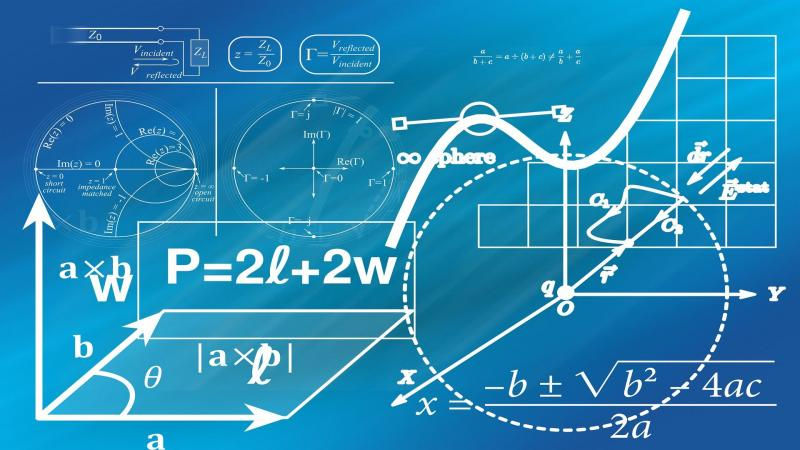Rational & Irrational Numbers
- Math Space BP. Malaysia
- Sep 17, 2022
- 3 min read
Abstract|
This article is about the definition of rational and irrational numbers. Of course, it is also about their differences, ways to classify and examples too.

Definitions
The word “rational” is derived from the word ‘ratio’, which actually means a comparison of two or more values or integer numbers and is known as a fraction. In simple words, it is the ratio of two integers.
Rational numbers refer to numbers which can be expressed as a fraction and also as positive numbers, negative numbers and zero. It can be written as p/q, where q is not equal to zero. These numbers were invented in the sixth century BCE by a Greek mathematician, Pythagoras who was born in about 485 BCE and died in about 570 BCE.
On the other hand, the numbers which are not rational numbers are called irrational numbers. Now, let us elaborate on that. Irrational numbers could be written in decimals but not in the form of fractions, which means these numbers cannot be written as the ratio of two integers. The Greek mathematician Hippasus of Metapontum is credited with discovering irrational numbers in the fifth century BC.
Examples
As we already know the definitions of both rational & irrational numbers, let us understand the concepts with a few examples.
Rational Numbers:
Number 8 can be written as 8/1 where 8 and 1 both are integers.
0.5 can be written as 1/2, 5/10 or 10/20 and in the form of all terminating decimals.
√9 is a rational number, as it can be simplified to 3 and also be expressed as 3/1.
0.777777 is recurring decimals and is a rational number.
Irrational Numbers:
5/0 is an irrational number, with the denominator as zero.
π is an irrational number that has a value of 3.142… and is a never-ending and non-repeating number.
√2 is an irrational number, as it cannot be simplified.
0.212112111… is an irrational number as it is non-recurring and non-terminating.
How to Classify
The important thing we need to know is numbers that can be written as fractions a/b, where a is an integer and b is a natural number, are called rational numbers. Remember that even an integer like 5 can be written as a fraction by dividing it by 1: 5/1. So, we can easily see that all integers are rational numbers. Since decimals that end and repeat can be written in this form (0.66…=2/3), they are also rational numbers. If a decimal number doesn’t repeat or end, it is not rational. It is classified as an irrational number. An irrational number can’t be written as a fraction a/b such as π, √2, √3.
Differences
There are four major differences between rational and irrational numbers. First and foremost, a rational number is defined as the number which can be written in a ratio of two integers while an irrational number is a number which cannot be expressed in a ratio of two integers. Secondly, in rational numbers, both numerator and denominator are whole numbers, where the denominator is not equal to zero. On the contrary, an irrational number cannot be written in a fraction. Thirdly, the rational numbers include numbers that are perfect squares like 9, 16, 25 and so on but the irrational numbers include surds like 2, 3, 5, etc. Last but not least, the rational numbers include only those decimals, which are finite and repeating. Conversely, irrational numbers include those numbers, whose decimal expansion is infinite, non-repetitive and show no pattern.
Conclusion
In a nutshell, rational numbers can be possible in both fraction and decimal form as well as irrational numbers can only be presented in decimal form. All integers are rational numbers, but not all non-integers are irrational numbers.
At last, what will happen if there are no irrational numbers in our daily life? As we know nowadays, irrational numbers have been used in the field of engineering such as civil, mechanical and electrical engineering. For example, trigonometric ratios (which needed irrational numbers) are used in various height and distance measurements and also in several calculations of physics. So, if the irrational numbers do not exist, engineers will not be able to get precise value. The calculations would be inaccurate, which could lead to construction problems and misinterpretation. As a consequence, the buildings will have a high probability to collapse and cause casualties.
To sum up this article, rational and irrational numbers are very essential in mathematics and our life too!
Reference
AUTHOR

LIM JOE HAN
Hi, my name is Lim Joe Han and I am 15 years old. I live in Batu Pahat, Johor. I’m a student at SMK Dato’ Bentara Luar. My favourite subject is Mathematics and English. Hope you all enjoy reading my article ya:>




Comments